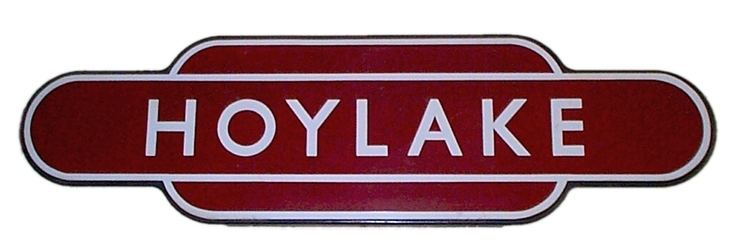Parent company British Rail | ||
 | ||
Franchise(s) Not subject to franchising (1 January 1948-31 December 1992) Main Region(s) | ||
The London Midland Region (LMR) was one of the six regions created on the formation of the nationalised British Railways (BR) and consisted of ex-London, Midland and Scottish Railway (LMS) lines in England and Wales. The region was managed first from buildings adjacent to Euston Station and later from Stanier House in Birmingham. It existed from the creation of BR in 1948, ceased to be an operating unit in its own right in the 1980s and was wound up at the end of 1992.
Contents
Territory
At its inception, the LMR's territory consisted of ex-LMS lines in England and Wales. LMS lines in Scotland became part of the Scottish Region, whilst those of the Northern Counties Committee (NCC) in Northern Ireland became part of the Ulster Transport Authority (UTA). The Mersey Railway, which had avoided being "Grouped" with the LMS in 1923, also joined the LMR.
The other regions formed at the same time were the Eastern Region, the North Eastern Region, the Southern Region, the Western Region and the Scottish Region.
The LMR's territory principally consisted of the West Coast Main Line (WCML) and the Midland Main Line (MML) south of Carlisle and the ex-Midland Cross Country route from Bristol to Leeds.
During the time of the LMR's existence there were a number of transfers of territory to and from other regions. The major changes were:
Locomotives and rolling stock
The LMR inherited ex-LMS types of steam locomotive. For a few months in early 1948, an M prefix was added to existing LMS loco numbers. From mid-1948, 40000 was added, giving numbers of ex-LMS types in the 4XXXX and 5XXXX series. Some elderly loco classes were renumbered in the 58XXX series to make way for new production of LMS designs.
The LMR initially continued building ex-LMS stock, particularly Black Fives, Ivatt 2MT, two Duchesses, and rebuilds of Royal Scots and Patriots. Stanier "Period III" carriages continued to be built and were developed into a new style known as "Porthole" stock. Freight stock on order at Nationalisation was completed: some LMS designs were accepted as BR standard designs and continued to be built for the whole network through the 1950s and early 1960s.
In 1968 it was the last region of BR to completely eliminate steam traction under the 1955 Modernisation Plan.
West Coast Main Line electrification
In the 1960s, the West Coast Main Line was electrified between London Euston and Crewe, Liverpool, Manchester and Birmingham. This was extended via Carlisle to Glasgow in the 1970s.
